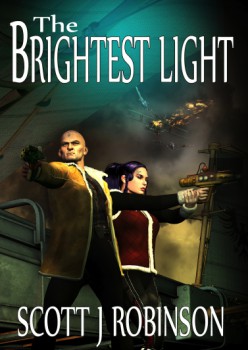Pulp Heroes of 1990s Past: The Shadow on Blu-ray
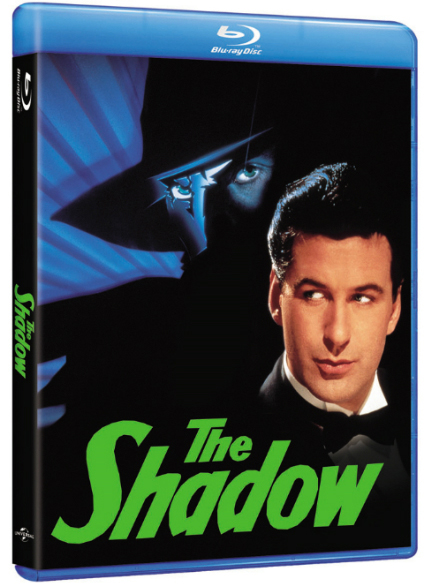 The Shadow (1994)
The Shadow (1994)
Directed by Russell Mulcahy. Starring Alec Baldwin, John Lone, Penelope Ann Miller, Peter Boyle, Ian McKellen, Jonathan Winters, Tim Curry.
The global whirlwind success of Tim Burton’s Batman in 1989 triggered a flurry of retro-hero movies. Eight years later, the gaudy nipple-suited failure of Batman and Robin brought an end to the cycle, and it wasn’t until the double-hit of X-Men (2000) and Spider-Man (2002) that our current comic book flood started. But we got a few interesting films during the retro-hero phase, such as Dick Tracy, the well-loved The Rocketeer … and the semi-forgotten The Shadow, which came out on Blu-ray this week to offer its mixture of elegance and error for a new audience.
A film about the pulp hero the Shadow was in development since 1982 under the auspices of producer Martin Bregman. Originally, Robert Zemeckis was slated for the director’s chair, but the film dwelled in limbo until Batman blew up the box-office. When Bregman was at last able to get the project going, Russell Mulcahy (Highlander) had replaced Zemeckis, and writer David Koepp (Jurassic Park) was on screenplay duty.
Universal Pictures had The Shadow pegged as a blockbuster in the summer of 1994: it received a heavy marketing push, with numerous merchandizing tie-ins and the announcement of an SNES video game. Universal even planned for a Shadow stunt show at their Hollywood theme park. But after a decent opening weekend, where it came in at #2 under The Lion King’s second monumental weekend and beat the awful Blown Away, The Shadow plummeted to become one of the summer’s disappointments. Plans for a franchise vanished into the darkness with the same skill as the Shadow himself.
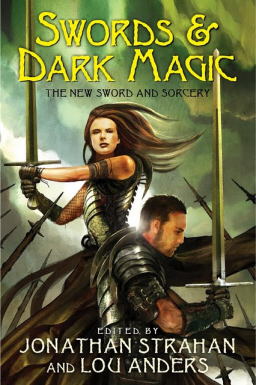

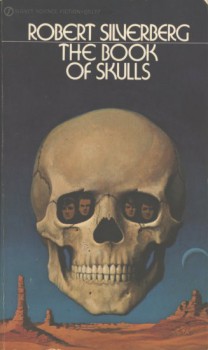
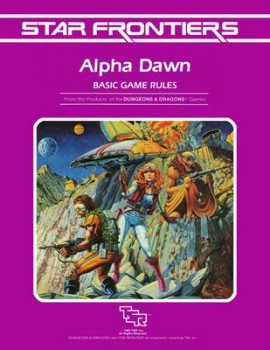
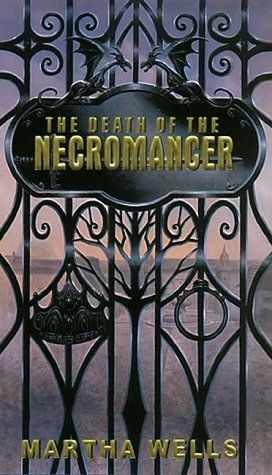
 Growing up reading superhero comic books, it was almost inevitable that I’d hear about Philip Wylie’s 1930 novel Gladiator. It was said to be the inspiration behind Superman, the original story about an ultra-powerful strong man who set about trying to right wrongs. Growing older, I heard more: that Jerry Siegel, Superman’s co-creator, had reviewed the book for a fanzine; that he’d swiped dialogue from the book for use in his comics; that Wylie had threatened to sue.
Growing up reading superhero comic books, it was almost inevitable that I’d hear about Philip Wylie’s 1930 novel Gladiator. It was said to be the inspiration behind Superman, the original story about an ultra-powerful strong man who set about trying to right wrongs. Growing older, I heard more: that Jerry Siegel, Superman’s co-creator, had reviewed the book for a fanzine; that he’d swiped dialogue from the book for use in his comics; that Wylie had threatened to sue. 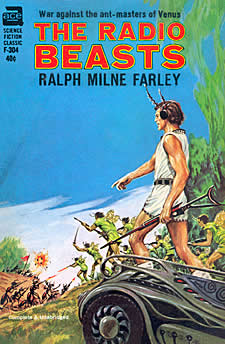
 Last October, I looked at the four books of Joyce Carol Oates’ Gothic Quintet that had been published up to that point. I wrote about them in publication order, starting with
Last October, I looked at the four books of Joyce Carol Oates’ Gothic Quintet that had been published up to that point. I wrote about them in publication order, starting with 